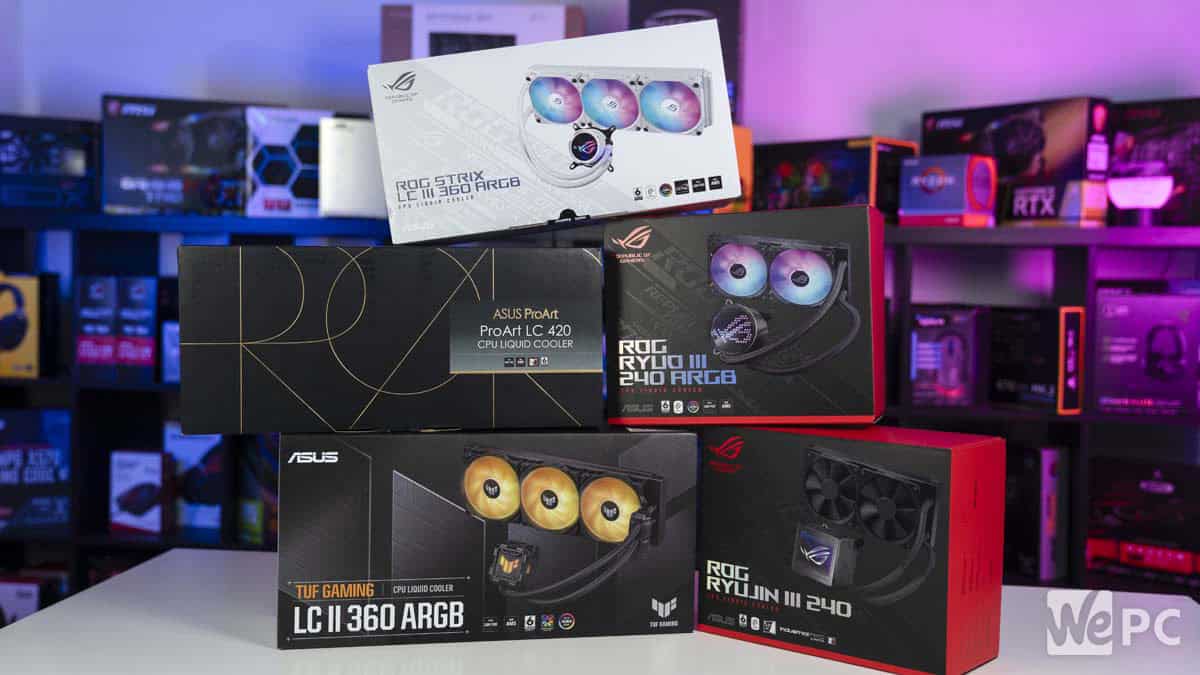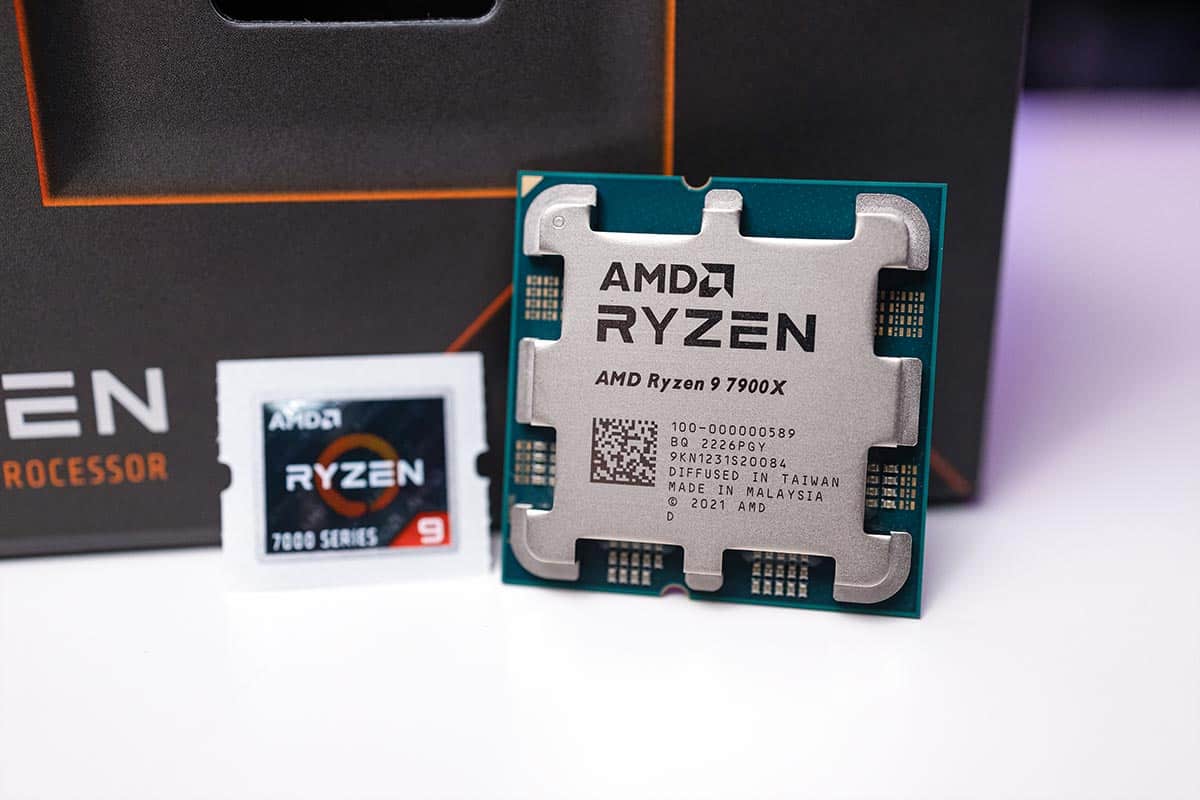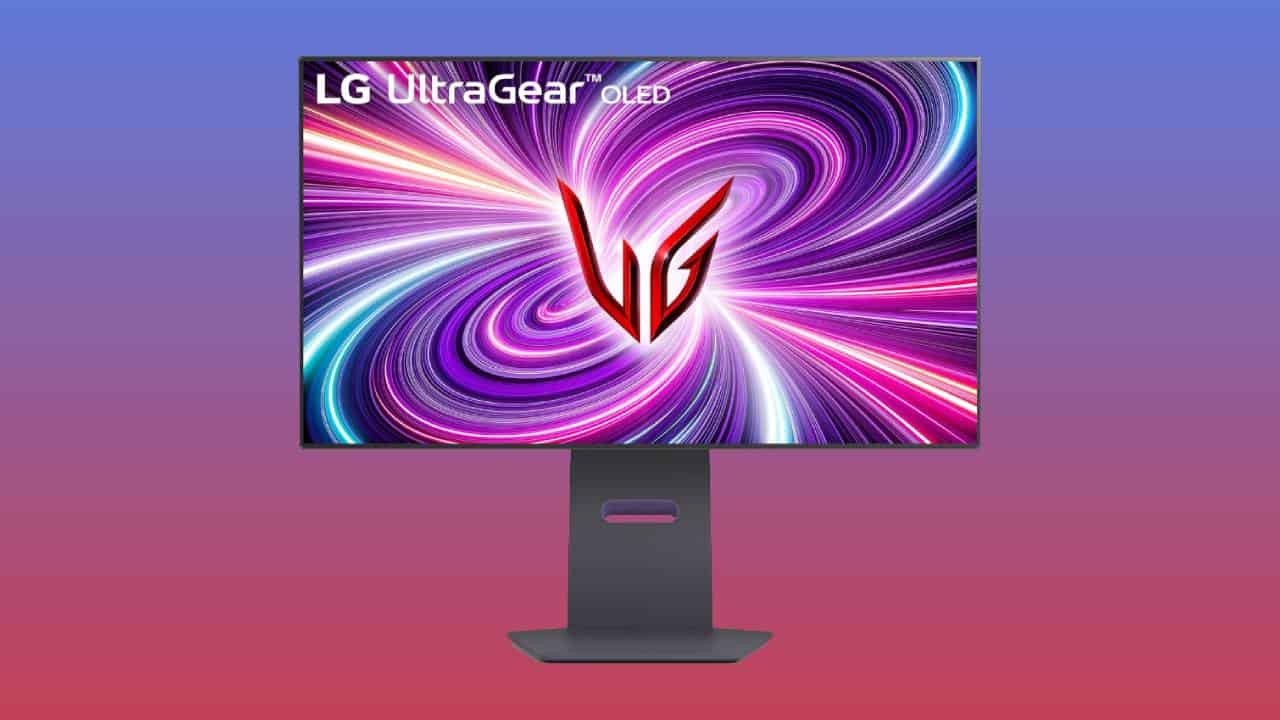Lewie skews Chaotic Good where possible, and loves pressing buttons, viewing pixels and listening to sounds. He's written for publications like Rock Paper Shotgun, Eurogamer, VG247 and Kotaku UK, and spent 13 years running Savy Gamer. If you ever get the chance you should ask him to tell you the story about that time he had a fight with a snake on an island off the coast of Cambodia.
WePC is reader-supported. When you buy through links on our site, we may earn an affiliate commission. Prices subject to change. Learn more
Last Updated:
We’ve already seen some fantastic results from Nvidia’s technology for improving game image quality and resolution, whilst also increasing performance. DLSS, which stands for deep learning super sampling, is a method whereby games can be natively rendered at lower resolutions, then upscaled in realtime by an AI neural network that has been trained specifically to improve game image quality.
Here’s how Nvidia describes it:
“DLSS is powered by NVIDIA RTX Tensor Cores. By tapping into a deep learning neural network, DLSS is able to combine anti-aliasing, feature enhancement, image sharpening and display scaling which traditional anti-aliasing solutions cannot. With this approach, DLSS delivers up to 2X greater performance with comparable image quality to full resolution native rendering.”
The latest version of DLSS, DLSS 2.0, was a marked improvement in performance compared to earlier variations. As it becomes supported in more games, and as display resolutions continue to increase over time, this kind of upscaling functionality is going to be more and more important. AMD doesn’t really have an answer to this yet, so it’s a big reason to consider going with an Nvidia GPU. Just recently, we saw huge performance gains when playing Death Stranding at higher resolutions.
This tech seems like a kind of dark magic that significantly improves game performance and image quality with no real downside.
Specifically with the latest GeForce RTX 3090 graphics cards, Nvidia is saying that DLSS will add support for up to 8K resolution gaming. With existing hardware, hitting 8K is not particularly viable for games without compromising on dialing back all the settings and dealing with low and inconsistent framerates, but rendering natively at a lower resolution and then upscaling with DLSS will mean that some games can output at an 8K resolution without making so many compromises.
8K monitors are not very common these days, but as the HDMI 2.1 standard starts to proliferate, we’re expecting these ultra-high resolutions to become far more commonplace. Any new generation of GPU brings with it a boost to performance, and of course, the Ampere-based RTX 3000 series is no exception in this regard, but specifically, with regards to high-resolution gaming, DLSS 2.0 can push performance even higher.
This will also come into play when playing games with support for raytracing visual effects. Gaming with raytracing enabled offers much more realistically rendered lighting, reflections, shadows, and can seriously improve the immersive experience in supported games. This does come at a performance cost, where a portion of the graphics card power will be dedicated to performing the complex realtime calculations for more accurately simulated lighting effects, but this can be somewhat mitigated by choosing a lower internal rendering resolution, and then increasing the resolution with DLSS.
Not all games support DLSS, where some specific implementation work is required by developers at a game engine level, but thanks to a collaboration between Epic Games and Nvidia, DLSS 2.0 is now going to be baked into Unreal Engine. Games developed with version 4.25 of Epic’s Unreal Engine will automatically get the benefits of DLSS 2.0, with no additional work being required on a game by game basis. Unreal Engine is a widely adopted engine, with dozens of great games using it as their technical basis. It’s been used in recent releases like Mortal Shell, Valorant, and The Outer Worlds, and upcoming releases like Godfall, Senua’s Saga: Hellblade II, and Vampire: The Masquerade: Bloodlines 2. We’re not sure which of these games will be supporting DLSS 2.0, but with this latest update from Nvidia and Epic, it’s certainly a possibility for all of them.
Nvidia is actively working on support for other game engines, directing developers who maintain other engines to reach out to them to implement support.
Nvidia is also expanding the feature set of DLSS, where now there’s support for dynamic resolution. This is a mechanism whereby in particularly demanding moments of gaming, instead of reducing framerate to handle an increased load on system resources, a game can dynamically adjust the rendering resolution. This will help to minimize stuttering and inconsistent framerates during gaming, instead just having a temporary reduction in image quality. This is a technique that has been widely used on consoles for quite some time, but hadn’t had much proliferation in PC gaming to date. By bundling it with DLSS, not only can the reduction in image quality be mitigated by the AI upscaling, but also it will hopefully become more widely adopted.
All these are reasons why you should be seriously considering an Nvidia RTX GPU, like the flagship RTX 3090, the RTX 3080, or the RTX 3070 if you’re thinking about upgrading your gaming system or putting together an entirely new build. We know that both raytracing and DLSS 2.0 will be supported in big upcoming games like Cyberpunk 2077, Call Of Duty: Black Ops Cold War, and Watch Dogs Legion, so if you’re hoping to play any of these games with the best possible visual presentation, a new Nvidia GPU seems like a smart option.





